Croton Leaf Drop – Why Is My Croton Dropping Leaves
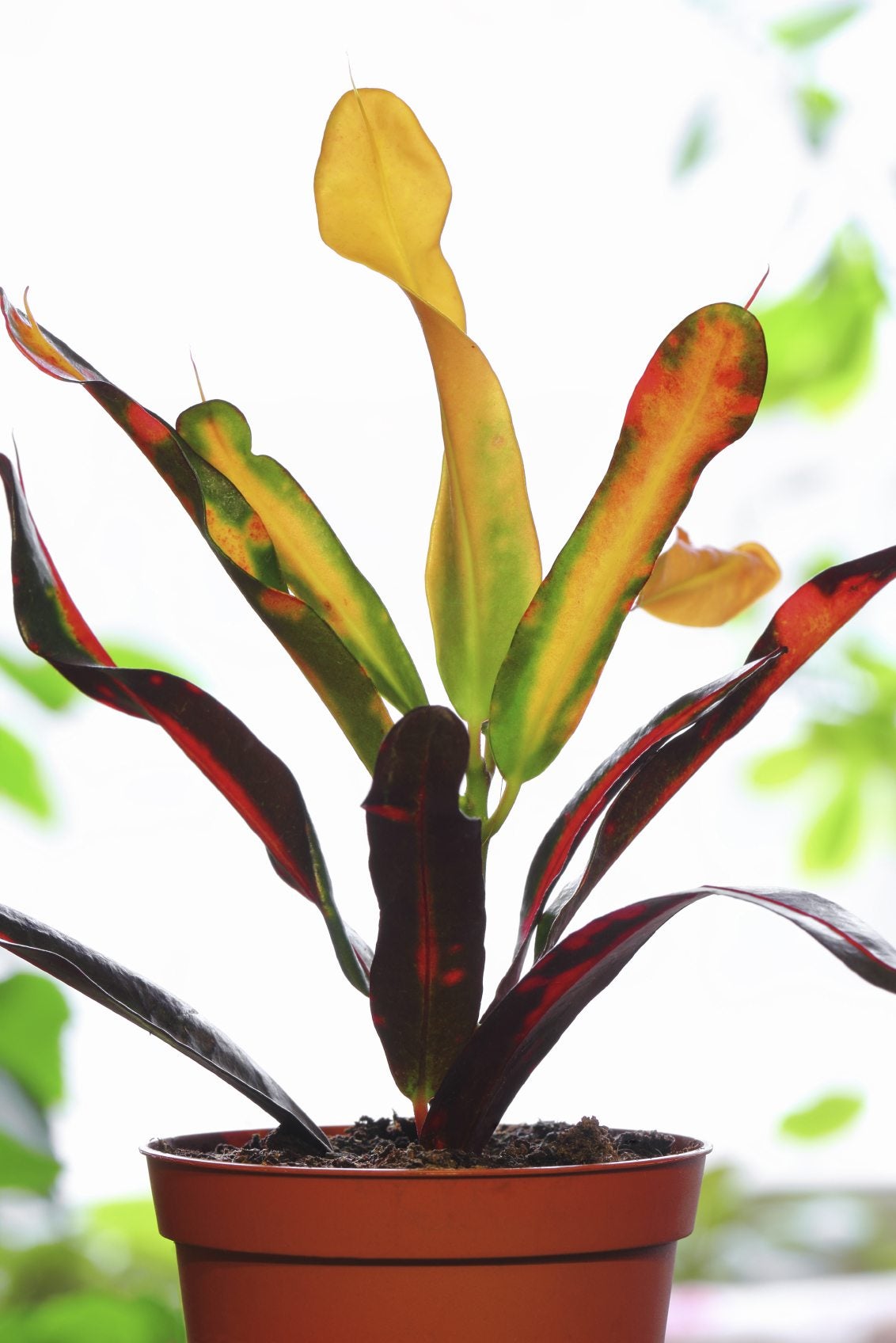
Your brilliant indoor croton plant, the one you admire and prize, is now dropping leaves like crazy. Don’t panic. Leaf drop on croton plants can be expected any time the plant is stressed or out of balance. You just need to get to know your croton and how to give a croton what it needs to thrive. Read on to learn more about why croton leaves fall off.
Why is My Croton Dropping Leaves?
Change can be difficult for a croton plant. A croton plant dropping leaves is often a new plant’s response to being transplanted or transported from the greenhouse to your home. It’s natural for a croton to drop leaves as it adjusts to environmental changes. Once settled, in three or four weeks, your plant will begin to produce new growth. If you haven’t changed the plant’s location recently and your croton leaves fall off, then it’s time to look at other possibilities. Heat and humidity – Croton plants are tropicals, meaning they thrive in warm and humid conditions. If your croton’s leaves fall off, it could be that it’s been exposed to cold or hot extremes such as open doors or air ducts. A humidifier or a regular misting with distilled water will help your croton feel at home. Light – Croton leaf drop and a lack of fiery color can be caused by insufficient sunlight. There are more than 750 varieties of croton plant, some needing more light than others. In general, the more variegated the plant, the more light it craves. Water – The watering schedule for your other houseplants may not be suitable for your croton.
- Overwatering can damage the roots and cause croton leaf drop. When the soil on top feels dry, water until the overflow begins to pool in the tray. To prevent root rot, use a pebbled tray or pour off any pooled water after 30 minutes.
- Underwatering can also cause leaf drop on croton plants. If you’re watering and misting consistently and your croton still seems dry, consider transplanting it in fresh, high-quality potting soil that includes peat moss to help retain moisture.
Diseases and pests – If you think you’ve taken care of every possible environmental reason your croton plant is dropping leaves, look again. Inspect underneath the leaves for signs of disease or insect pests and treat accordingly. Here’s the best news: crotons are tough. Even if your croton is brown and leafless, it doesn’t mean that your lovely plant is gone forever. Gently scratch the main stem. If the tissue underneath is still green, your plant is alive and may recover. Continue to care for your plant’s watering and environmental needs. In several weeks, it’s quite likely that your patience and care will be rewarded with the first of new, bright leaves.
Gardening tips, videos, info and more delivered right to your inbox!
Sign up for the Gardening Know How newsletter today and receive a free copy of our e-book "How to Grow Delicious Tomatoes".
-
 Looking For Plants To Give You The Soft And Fuzzies? Try These 5 Fuzzy Leaf Plant Options
Looking For Plants To Give You The Soft And Fuzzies? Try These 5 Fuzzy Leaf Plant OptionsLovers of texture, drama, silver foliage and tactile plants will adore these special sensory garden additions. These fuzzy leaf plant options will leave you all aglow
By Susan Albert
-
 Get Ready For A Summer Of Hummers! Grow These Full Sun Hummingbird Plants and Flowers
Get Ready For A Summer Of Hummers! Grow These Full Sun Hummingbird Plants and FlowersIf you’re lucky enough to enjoy a sunny backyard, make sure you are maxing out on your pollinator opportunities and grow these full sun hummingbird plants and flowers
By Tonya Barnett
-
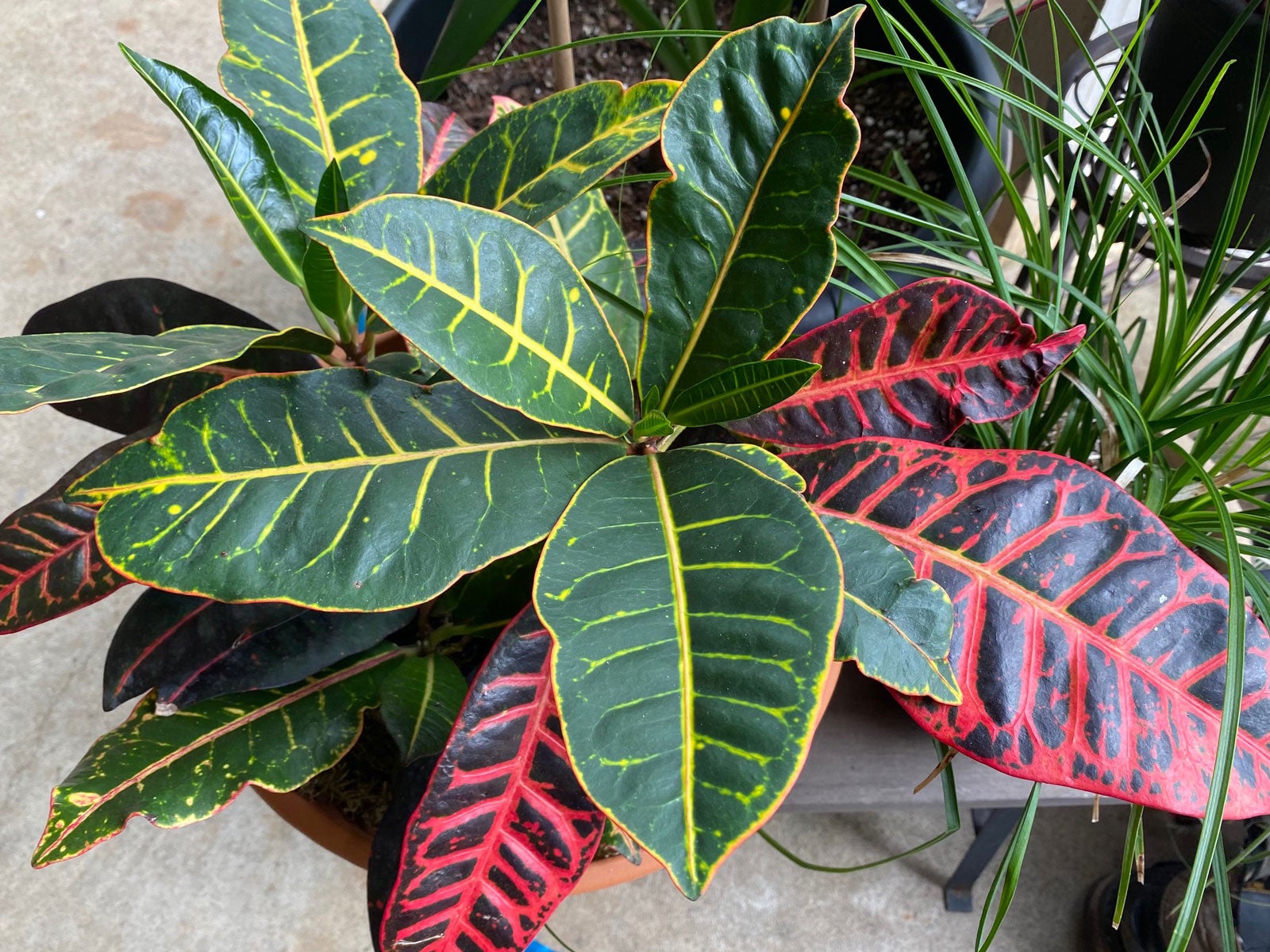 Different Croton Plants: Types Of Croton Houseplants
Different Croton Plants: Types Of Croton HouseplantsWhen it comes to different croton plants, the selection of varieties is nearly endless and none are boring. Click to learn more.
By Mary H. Dyer
-
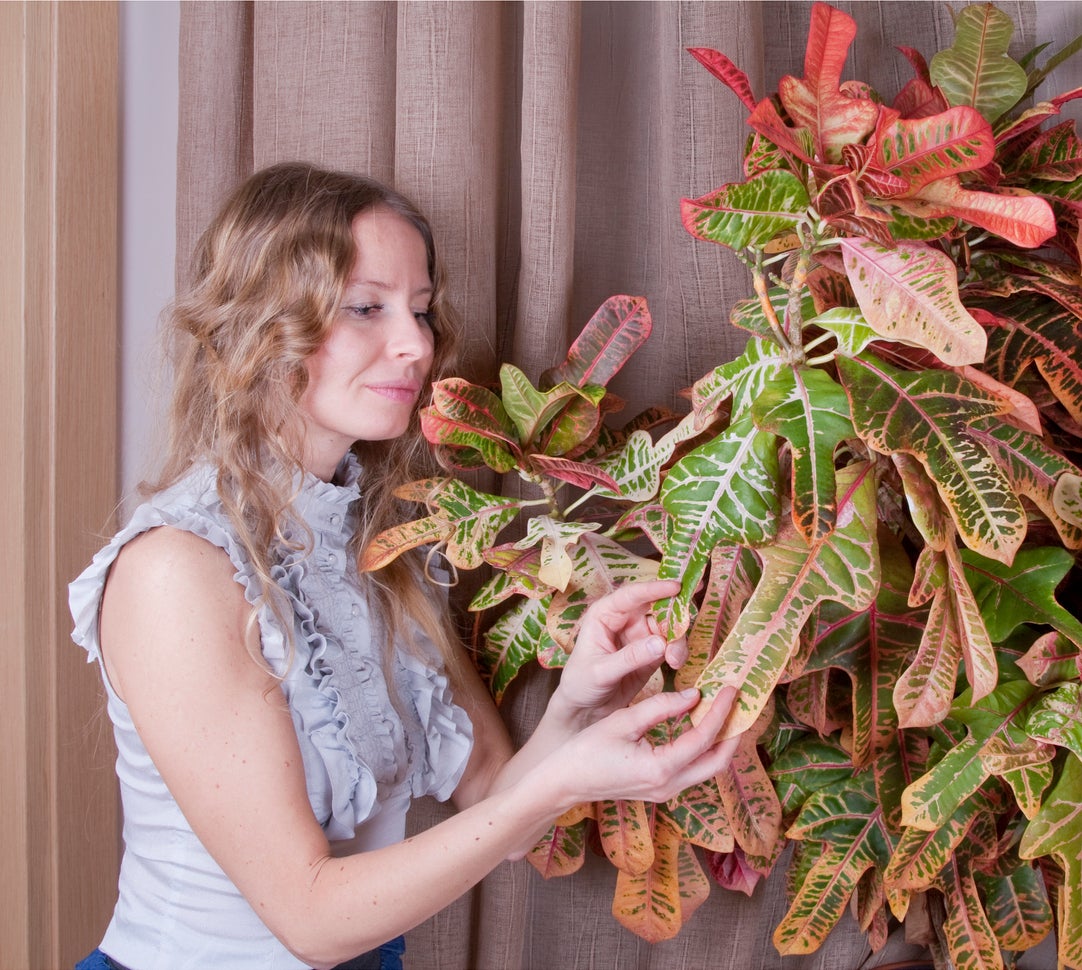 Cutting Back Croton Leaves: Should You Prune Crotons
Cutting Back Croton Leaves: Should You Prune CrotonsCrotons can grow quite leggy, and leaves may develop damage due to thrip feeding. Cutting back a croton can help you acquire a thicker bush or remove ugly leaves. Whatever the purpose, a few tips on croton pruning from this article will help.
By Bonnie L. Grant
-
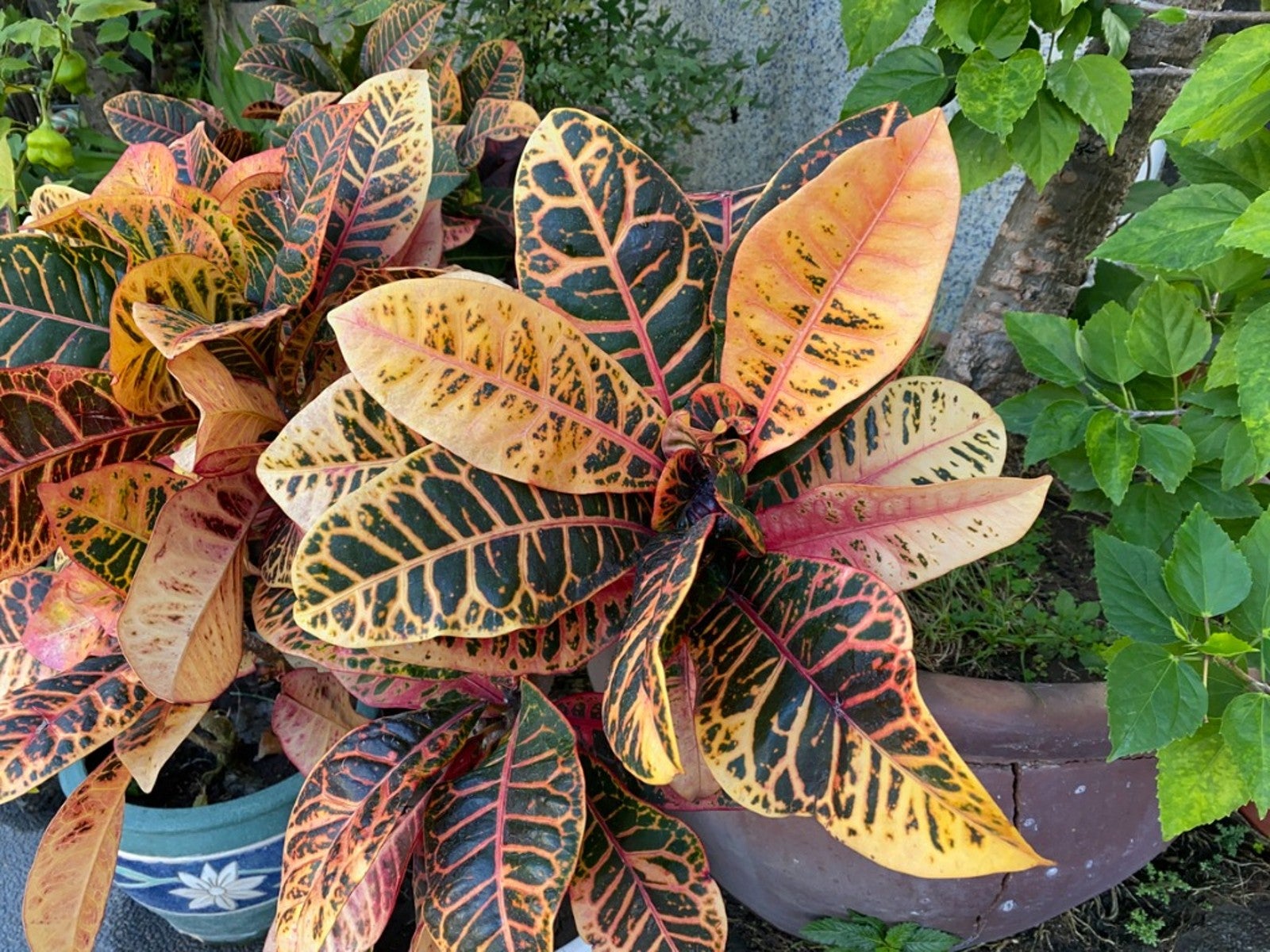 Croton Leaves Are Fading – Why Is My Croton Losing Its Color
Croton Leaves Are Fading – Why Is My Croton Losing Its ColorWho doesn?t love the bright colors of croton plants? But sometimes the bright colors on a croton fade, leaving them with ordinary looking green leaves. It can be disappointing to notice a croton losing color. Learn how to remedy this in the article that follows.
By Ilana Goldowitz Jimenez
-
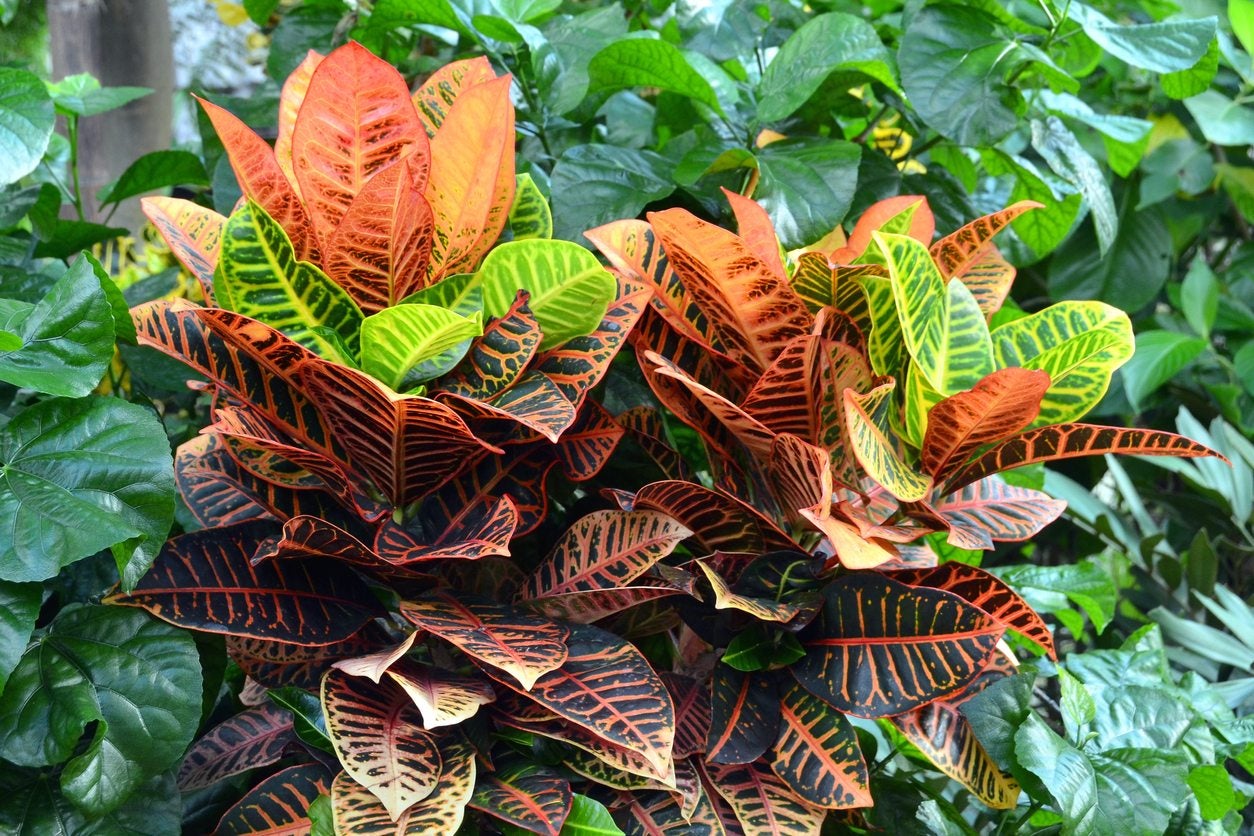 Care Of Outdoor Croton Plants: How To Grow A Croton Outdoors
Care Of Outdoor Croton Plants: How To Grow A Croton OutdoorsHardy to zones 9 to 11, most of us on grow croton as a houseplant. However, croton in the garden can be enjoyed during the summer and sometimes into the early fall. You just need to learn some rules about how to grow a croton outdoors. This article will help.
By Bonnie L. Grant
-
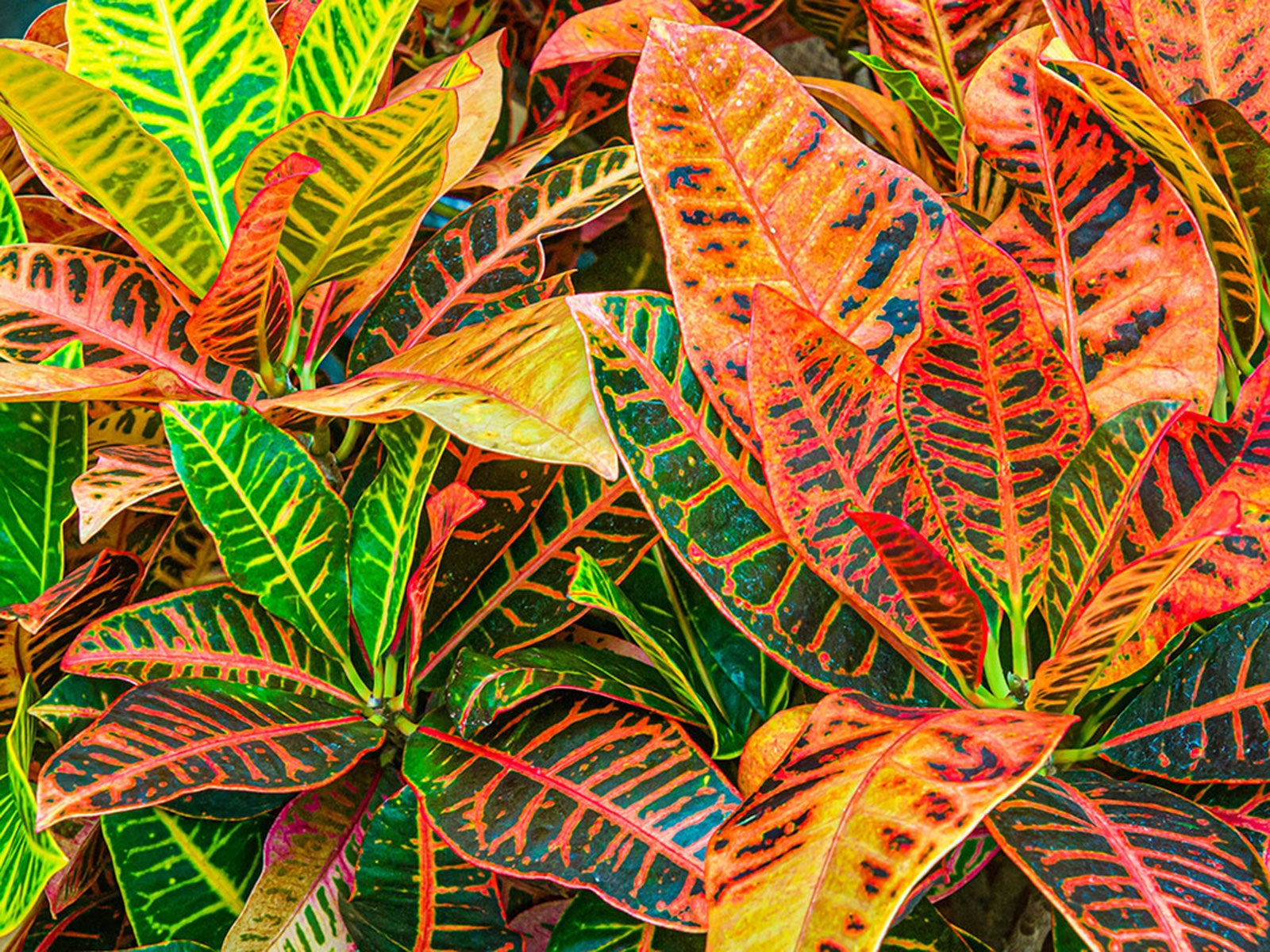 Growing Crotons: Best Care For Croton Plants
Growing Crotons: Best Care For Croton PlantsGrowing crotons is easier than you might think, as our experts reveal the secrets to successfully caring for this popular tropical plant.
By Heather Rhoades